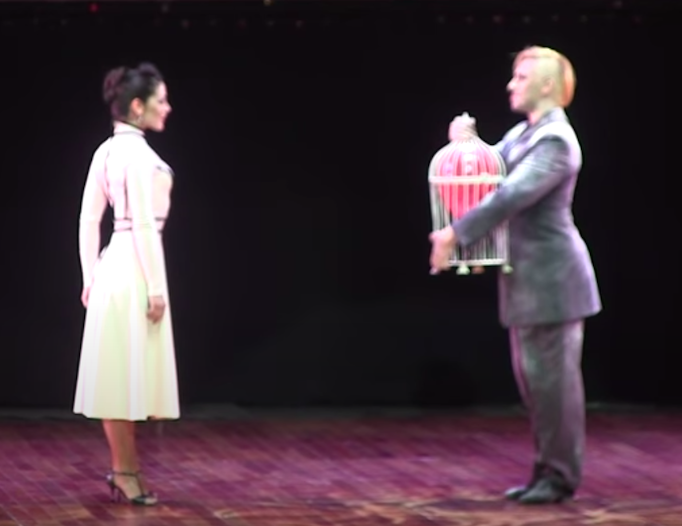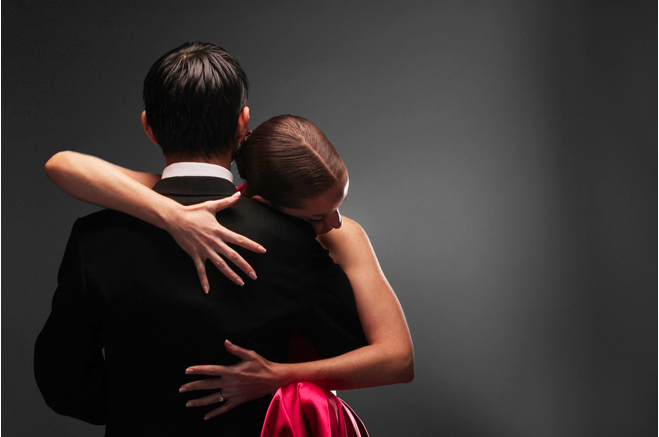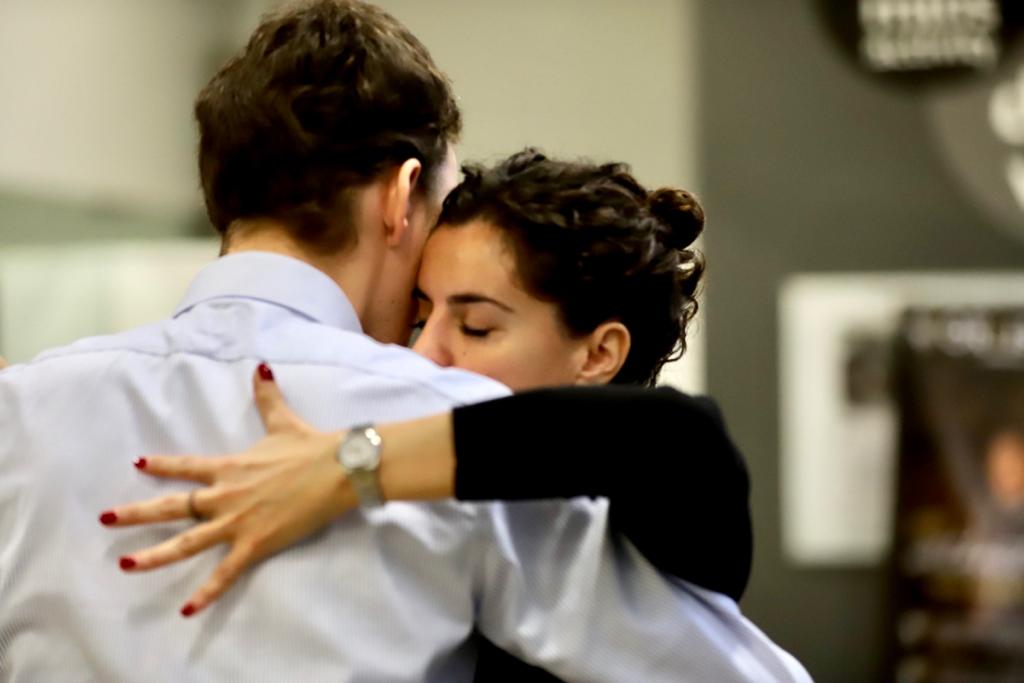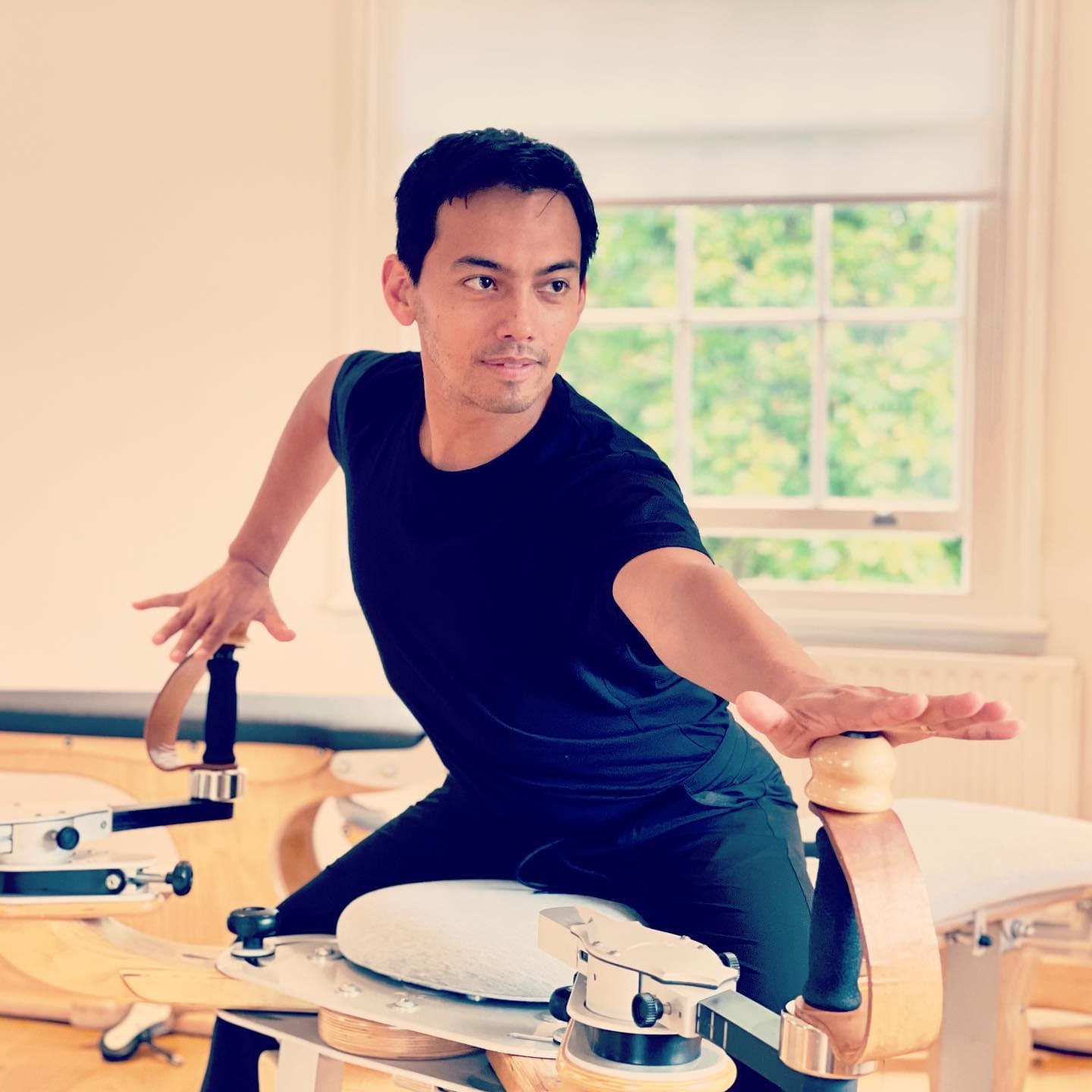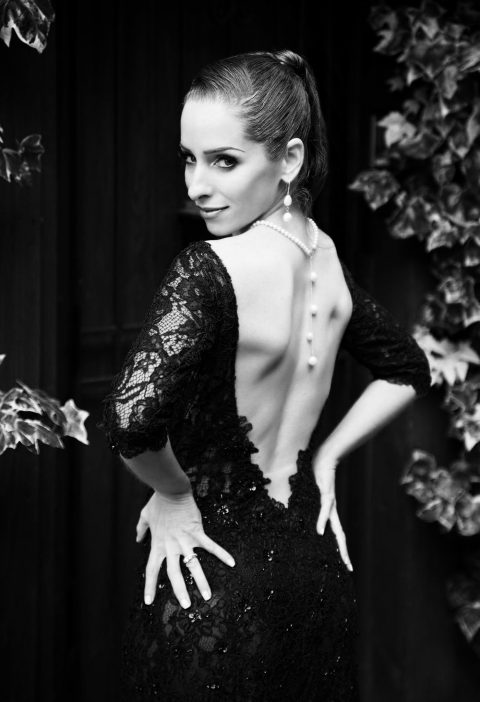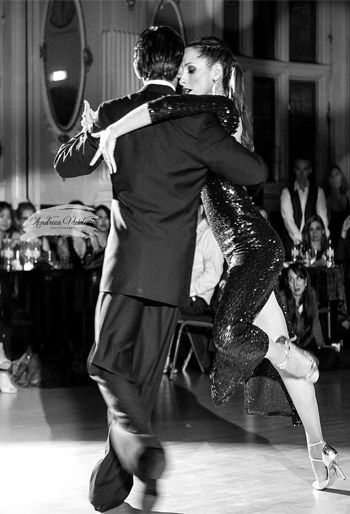A new series of Strictly Come Dancing is due to start on the BBC tonight. And no doubt this year, as in previous years, the programme will serve up its own particular version of Argentine tango.
And there will be – as there always are – tango aficionados up in arms about it on social media. Equally, however, there will be many of us who have become used to seeing tango distorted by the mainstream media. Other than a brief moment of irritation or a collective squirm in our seats, we will move quickly on to the next story in our news feed.
But, as one dance competition is about to begin, another very different one comes to a close.
In Buenos Aires, the Tango World Championship, El Mundial de Tango, has just crowned its latest champions in “tango salon” (dance floor tango) and “tango escenario” (stage tango).
Watching the footage of the final online, I find myself wondering what Strictly fans would make of it. Because the difference between the winning tango and what they’ll see on Strictly, could not be greater.
El Mundial de Tango is the only competition that has any weight at all in the world of Argentine Tango. And contrary to popular belief, competitions are only a tiny part of what Argentine tango is all about. In fact, they are a relatively recent innovation.
Many tango dancers think competitions can stifle our art form, turning it into a box-ticking exercise. By conforming to the rules or what the competitors think the judges are looking for, they believe competitions risk creating uniformity and banality, inhibiting creativity and individuality.
But there was nothing uniform or banal about the winners of the stage competition this year.
There was a significant lack of bling and plunging necklines.
Also missing was the slicked-back hair of the classic tango Lothario. Our man is a foppish blond, bucking yet another stereotype.
But perhaps most striking of all, the couple dance with a wrought iron bird cage with a red balloon inside. They dance around it, they hold it in their arms, even with their feet. Throught, the bird cage is the focal point of their choreography.
What is it all about? Well, without some knowledge of the music, it is admittedly a bit surreal. However, in Argentina, the piece – “Balada Por Un Loco” by Astor Piazzolla – is perhaps as well-known as “Lucy in the Sky with Diamonds”.
“Love me this way, crazy, crazy, crazy … Climb up to this tender madness in me. Put on this wig of larks and fly! Fly with me now! Come, fly, come!”
You may love the choreography, you may hate it. But there’s one thing I think even the harshest critic would agree on. The choreography is different, original and innovative.
When I watch this video, I see dancers following their hearts and giving their interpretation of their art form. They seem to have created the choreography with too much regard to the judge’s scorecards. And ultimately it paid dividends.
It’s refreshing to see individuality, creativity and imagination applauded in our often commercial world. By embracing originality, I feel the judges of the Mundial did something important. I believe – and hope – that they have opened the door to more creativity and individuality in future competitions. I’m excited to see how tango will grow as a consequence and what the Mundial will give us in years to come.

